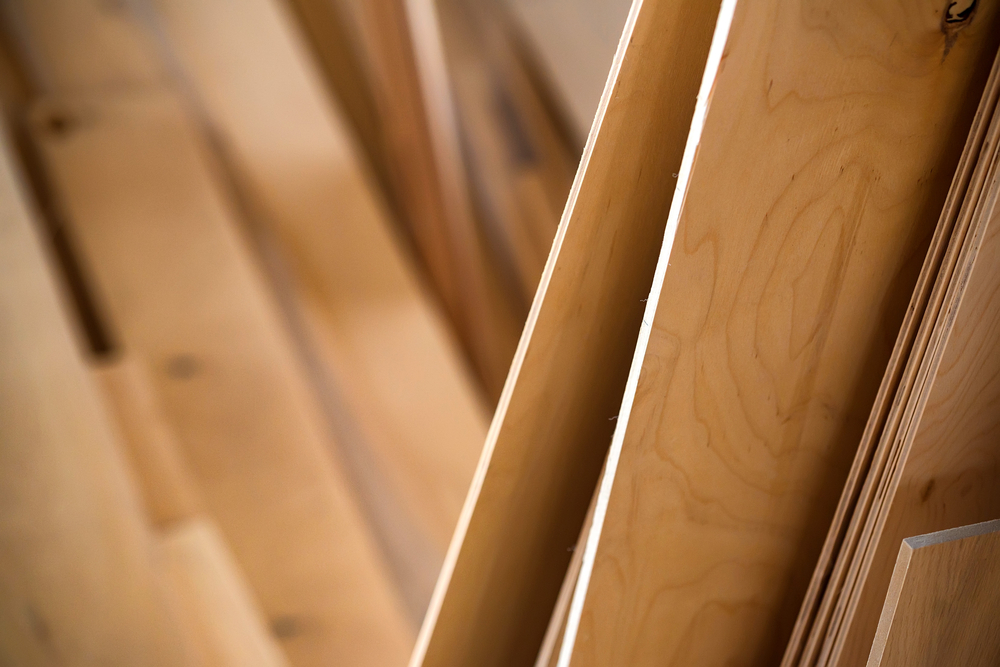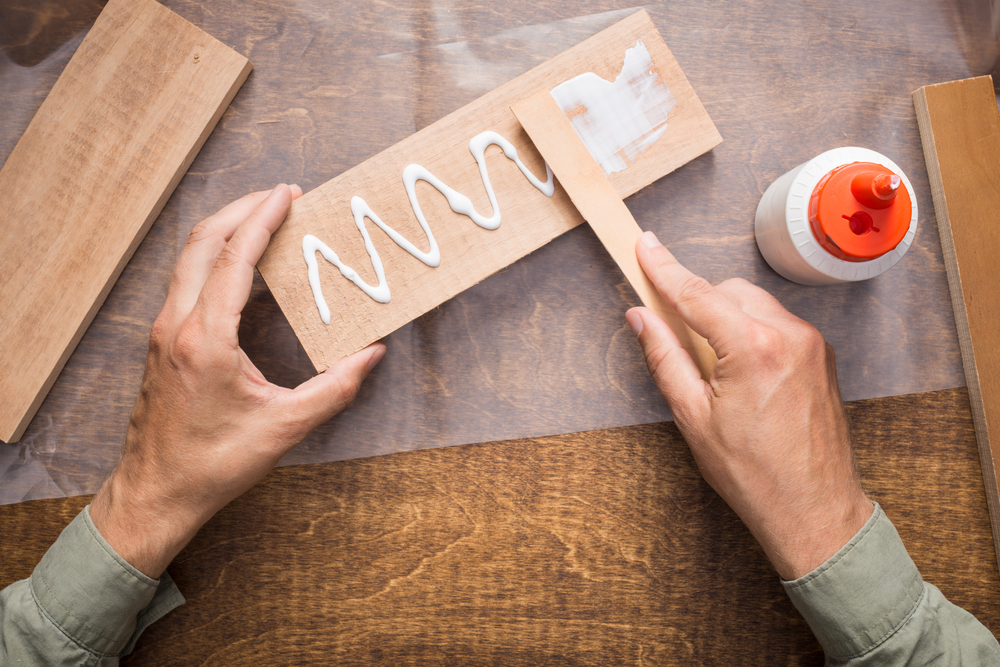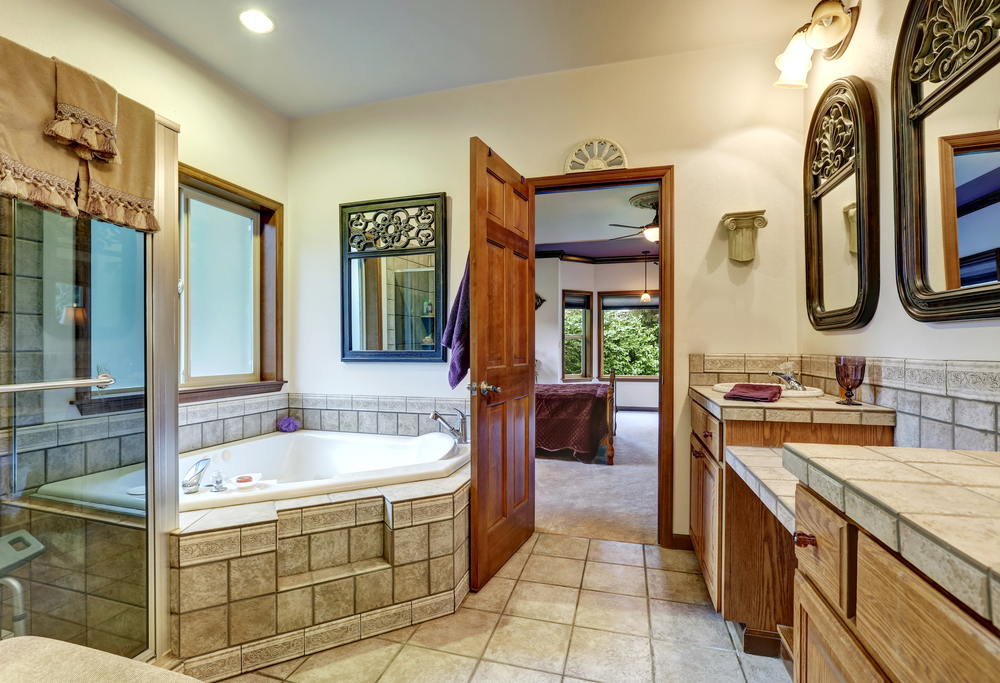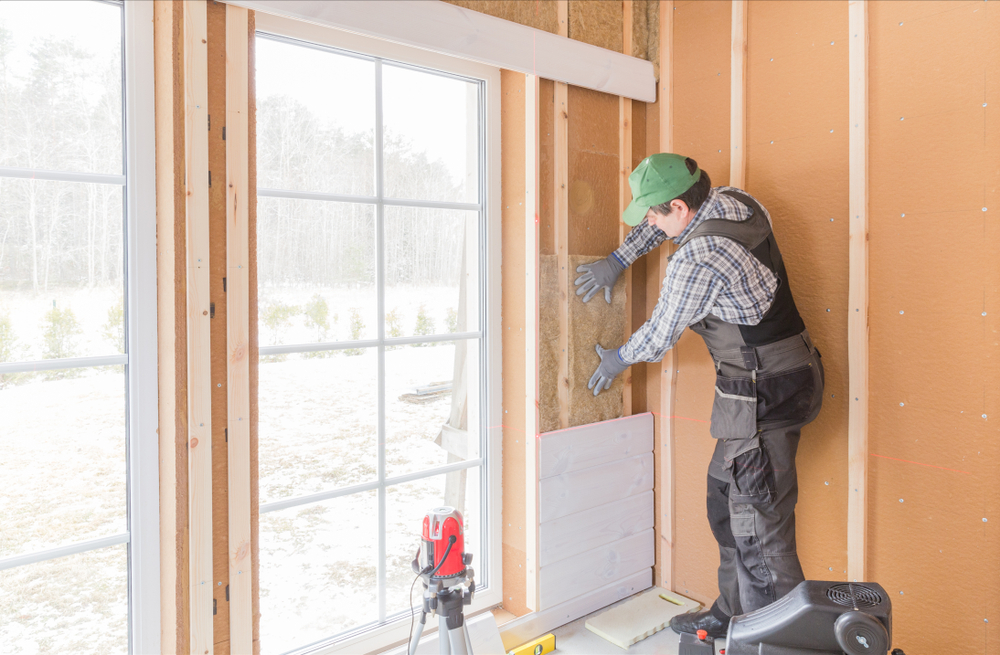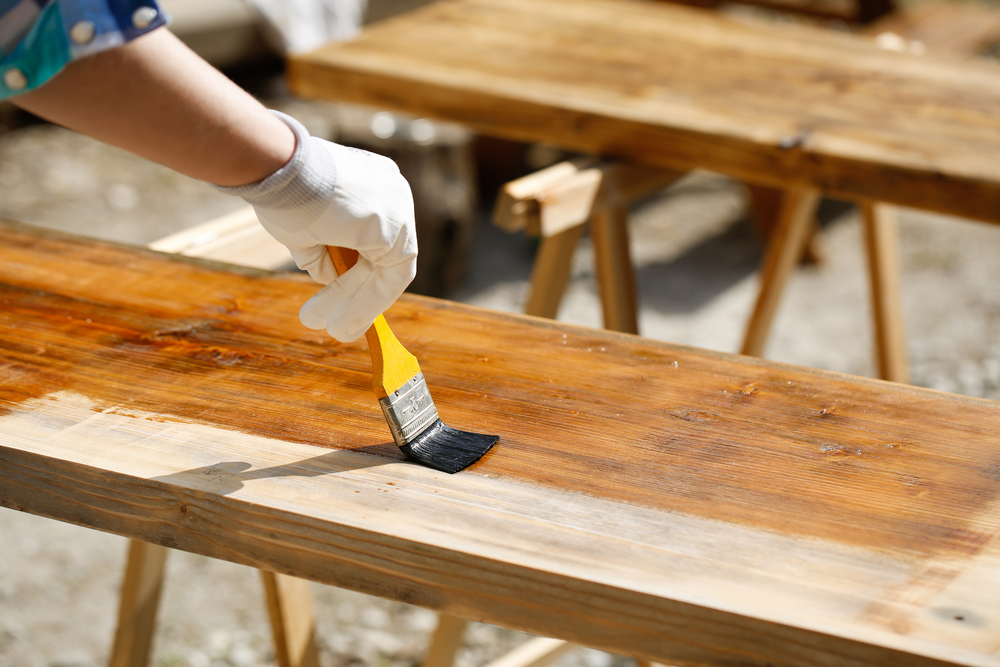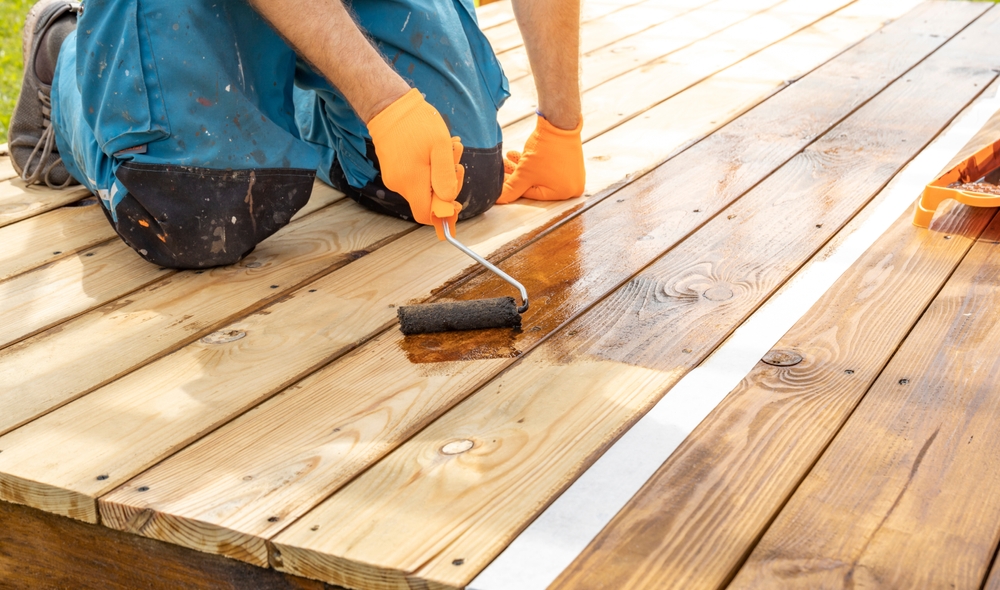Stair Dust Corners
Understanding Stair Dust Corners
Stair dust corners are a simple, yet ingenious invention. They fit snugly into the corners where the stair tread meets the riser. Generally made of brass, nickel, or other durable materials, they offer a practical solution for reducing dust buildup. This often overlooked accessory has both aesthetic and functional benefits.
The Purpose of Stair Dust Corners
For many, the idea of sweeping stairs is a dreadful chore. Dust tends to accumulate in corners, making it hard to reach with a broom. Stair dust corners provide an effective barrier. They prevent dust and debris from settling in hard-to-clean areas. This makes cleaning stairs more manageable. It saves time and effort, especially in high-traffic areas.
Aesthetic Appeal
Beyond functionality, stair dust corners add a decorative element. Many are crafted with intricate designs and polished finishes. They can complement various interior design styles. From antique to modern, there’s a stair dust corner to match every staircase. These metal accents can enhance the visual appeal of stairs. They offer an opportunity to add a touch of elegance or character.
Historical Context
Stair dust corners have been used since the late 19th century. They were particularly popular during the Victorian era. In those times, homes were more prone to collecting dust. Stoves and lamps contributed to this problem. Dust corners helped keep stairs clean despite less advanced cleaning tools. They were both a practical and a stylish addition. Their presence in homes can indicate a stair’s age or the decor style of the era.
Materials and Durability
The choice of material is vital to the durability of stair dust corners. Brass is a popular choice due to its rust resistance and classic appearance. Nickel provides a sleek, modern look while offering similar durability. It’s important to choose a material that complements your home’s aesthetic. Consider the wear and tear they might encounter. Durability ensures they remain in good condition for years.
Installing Stair Dust Corners
Installation is a straightforward process. It usually involves securing the dust corner with screws or adhesive. Precise placement is important for effectiveness. Ensure they are flush with the tread and riser for an optimal fit. Proper installation guarantees they serve their intended purpose. It also preserves their aesthetic value.
Maintenance and Care
Though they reduce dust in corners, stair dust corners themselves need upkeep. Regular cleaning will keep them looking polished. A soft cloth and mild cleaner work well. Avoid harsh chemicals that could tarnish the finish. Occasional polishing can restore shine to metal corners. This simple care extends their lifespan and maintains their visual appeal.
Compatibility with Different Staircases
Not all stairs are made the same. Dust corners come in various sizes and shapes to accommodate this diversity. It’s crucial to select the right size for your staircase. Some may need custom solutions for a perfect fit. Measure your stairs carefully before purchase to ensure compatibility.
Cost Considerations
The cost of stair dust corners can vary. Factors include material, design complexity, and brand. Brass and nickel are generally within the affordable range. More ornate designs might command higher prices. Consider your budget and stair usage when making a selection. Cost should balance with longevity and style preference.
Environmental Impact
Being made of metal, stair dust corners are durable and long-lasting. This contributes to a reduced need for replacement. Choosing quality materials can have a positive environmental impact. It minimizes waste and reduces the need for frequent manufacturing. Ensuring longevity helps in reducing carbon footprints associated with production and transportation.
DIY vs Professional Installation
Some prefer to install stair dust corners themselves. It is typically a simple task for DIY enthusiasts. However, professional installation might be necessary for custom designs or challenging staircases. Weighing the pros and cons of each option can help make informed decisions. Professional installation ensures proper placement and effectiveness.
Choosing the Right Design
Designs for stair dust corners are numerous. From simple, minimal styles to ornate, detailed versions, choices abound. Consider the overall design of your home. If your decor leans more toward modern, sleek metals with a brushed finish might be ideal. Traditional homes may benefit from corners with intricate detailing. Matching the stair corners with other metal fixtures can create a cohesive look.
Stair Dust Corners in Commercial Spaces
Stair dust corners aren’t just for homes. In commercial spaces, they cater to both cleanliness and aesthetics. Businesses with high foot traffic benefit from easier cleaning. They also add a touch of professionalism to office staircases. For historic or themed venues, they can reinforce brand identity or the building’s character. The blend of form and function makes them suitable for varied environments.
Resale Value and Home Improvements
Small details can impact overall home value. Stair dust corners are a subtle improvement. Prospective buyers value well-maintained and visually appealing elements. These corners can contribute to a higher perceived value of a property. While they’re not a major selling point, every little enhancement helps when putting a house on the market.
Conclusion
Understanding the role of stair dust corners can enhance both cleanliness and aesthetics. While not the most prominent feature of a home, they offer practical benefits. They embody a blend of style and functionality often sought in home design. Whether in residential or commercial spaces, their value is evident. Embracing this small accessory can lead to notable improvements in daily chores and environment.

